
Fresh lichens growth on rocks at Beach near BorthyGest, Gwynedd. Cymru UK. March 2018
1. Lichens that produce leaf-like, two dimensional, flattened, lobed thalli with upper and lower surfaces that grow in layers are known as foliose lichens. 2. Fruticose lichens grow erect or pendulous in three dimensions and have no distinguishable upper and lower surfaces. 3. Crustose lichens look somewhat like the name implies.

LA GOMERA ISLAND (Canary Islands) Lichens on rock
Rock lichens come in a variety of bright colors, from red, orange and yellow to brilliant shades of green. There are hundreds of species in the southwestern United States, including leafy forms and low-growing crustose species resembling a thick layer of paint.
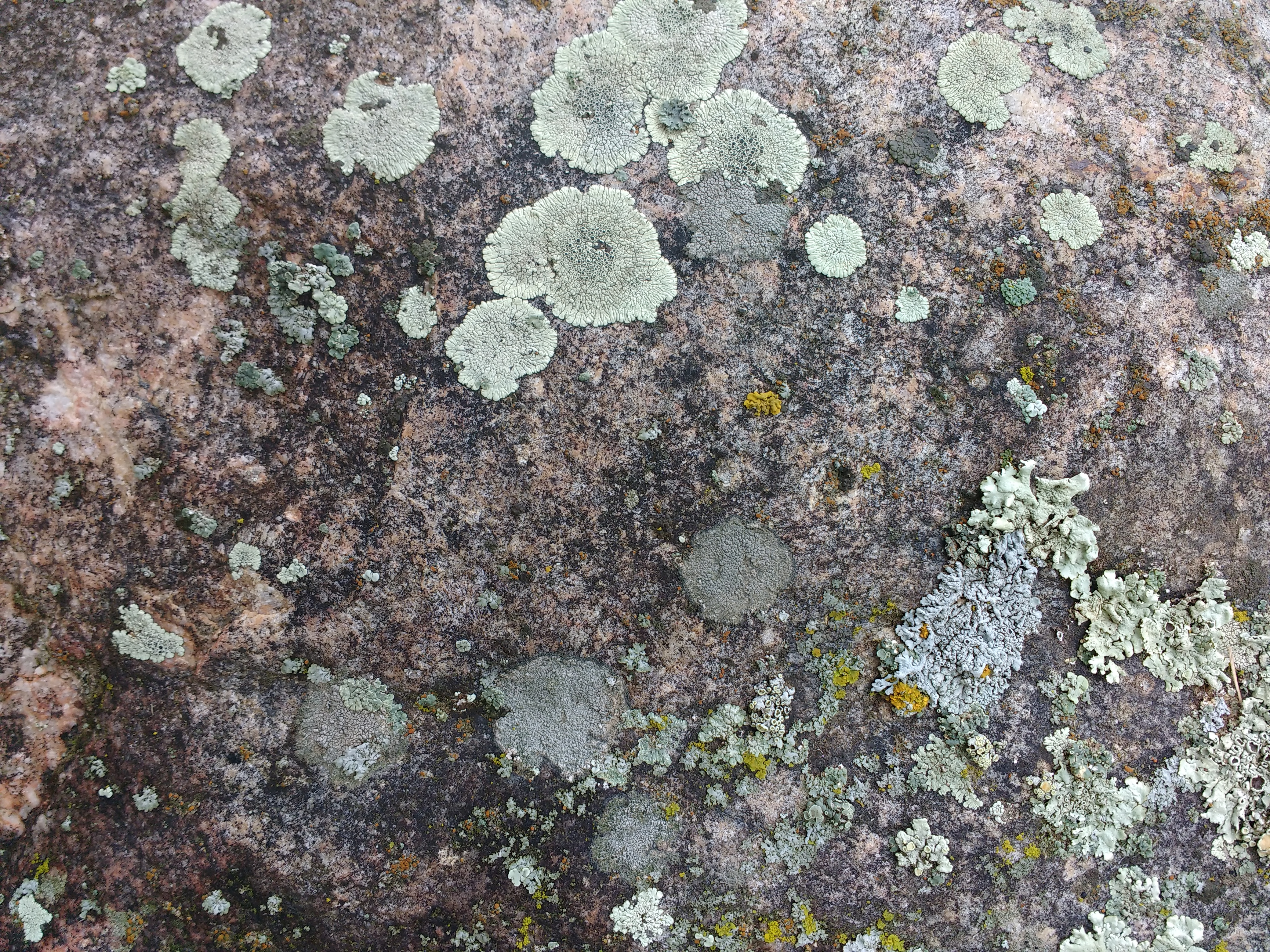
Lichen on Rock Face Picture Free Photograph Photos Public Domain
1. Lichens, various shapes and colour palettes in landscapes Figure 1. Main types of lichens through some examples. Name (photo), characteristics of their thallus and their relationship with their substrate. [Source: Photos © J. Asta]
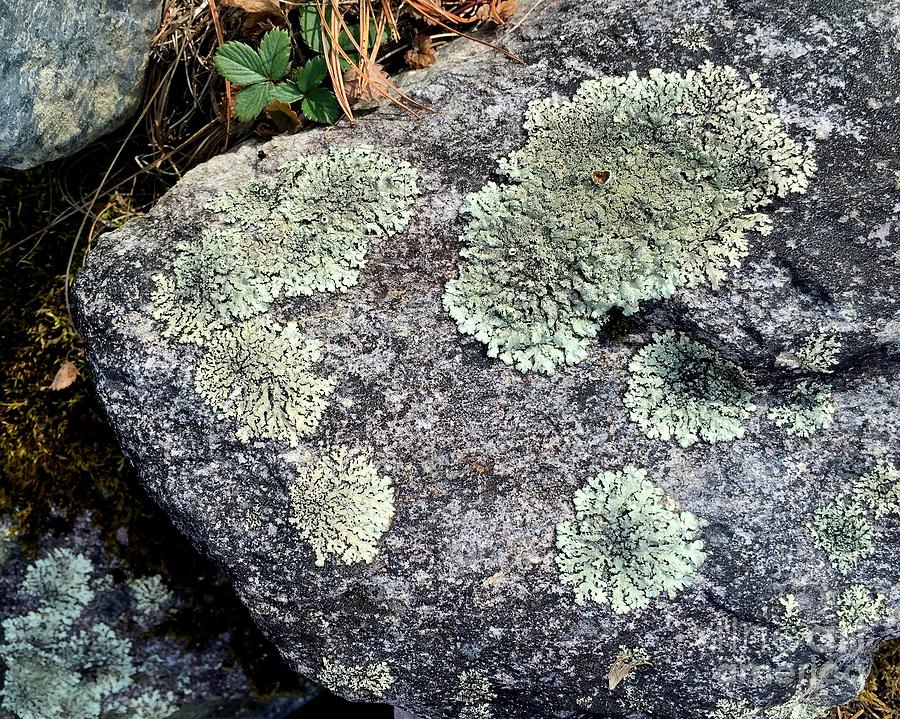
Lichens On Rocks Photograph by Mark Guilfoyle
Collema nigrescens is gelatinous, without internal structure for its parts. A lichen ( / ˈlaɪkən / LY-kən, UK also / ˈlɪtʃən / LITCH-ən) is a composite organism that arises from algae or cyanobacteria living among filaments of multiple fungi species [1] in a mutualistic relationship.

Lichens on Rock Stock Image C012/0711 Science Photo Library
Lichens growing on rocks, though, may release chemicals which speed the degradation of the rock into soil, and thus promote production of new soils. Most lichens are temperate or arctic, though there are many tropical and desert species. Lichens seem to do better in drier environments, where they are not often left in standing water.

Lichens on rocks free image download
Lichens are very sensitive to air pollution. They are rarely found in urban areas. Finding lichen in your garden means that your environment is clean enough to support them. A good thing! Lichens grow on any undisturbed surface--bark, wood, mosses, rock, soil, peat, glass, metal, plastic, and even cloth.
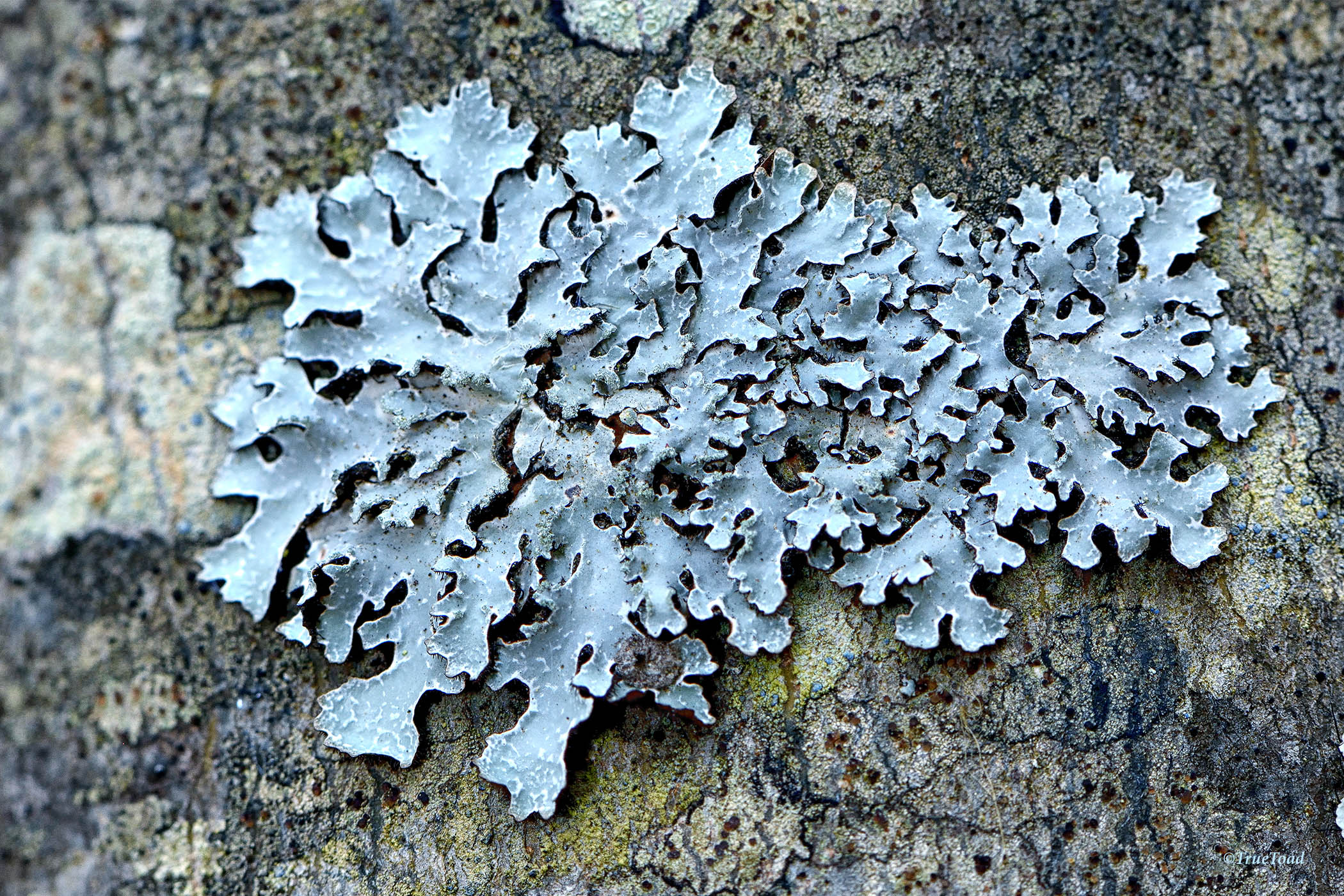
Lichen the wonders of Nature
The lichens shown on the stone monument (above left), and the flat black stone (above right), demonstrate that this organism is happy in an enormous range of climates, from high elevation hot dry southern areas (Las Cabras, Guanajuato, Mexico, at about 7000' elevation) to arctic tundra (above right, elevation 50', in Northern Norway near Kirkene.
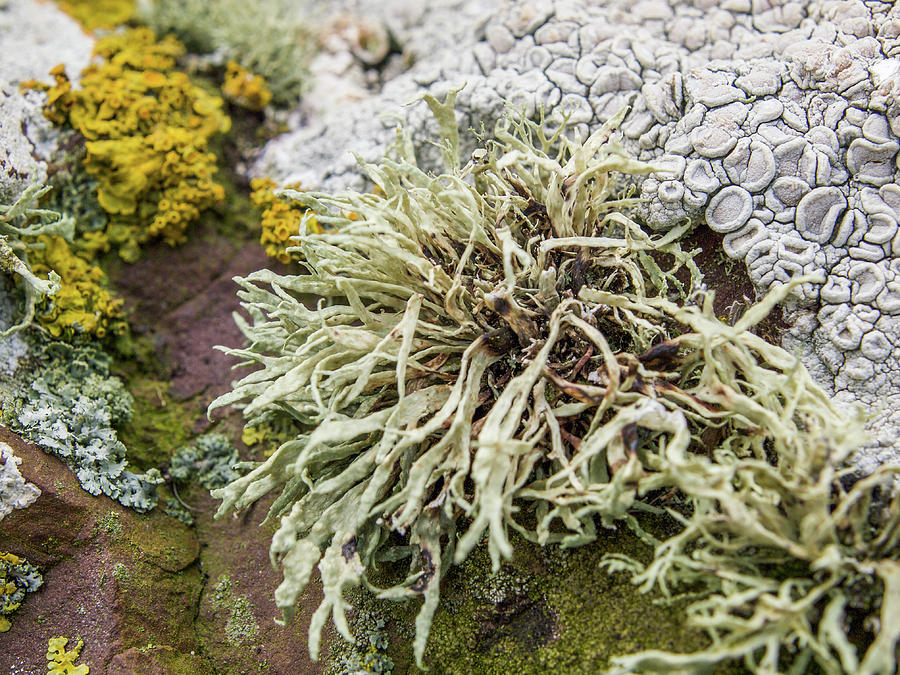
Lichen on Lava Rocks at Esha Ness in Shetland 3 Photograph by Sallye Wilkinson Fine Art America
Where are Lowland Rocks? 1.1 Lichens can be conspicuous inhabitants of rocky habitats. These can be natural outcrops or erratic boulders, or they can be man-made exposures in quarries, rail and road cuttings, etc. Further lichen communities can exist on rockery stones and decorative boulders in gardens and estates.

Yellow Wall Lichen National Botanic Garden of Wales
Step 1 Move rocks to a shady area in the garden. Lichen doesn't sustain itself for long in total sunshine. Video of the Day Step 2 Spray the rocks generously with a one-time liquid seaweed fertilizer, milk or yogurt. Milk is the most available and is very easy to apply. Step 3 Notice the stones darkening with lichen growth in a few weeks.

Lichens and People Uses, Benefits, and Potential Dangers Owlcation
Instead of many rhizines, some lichens have a central peg or holdfast that attach to the substrate, generally a rock. These types of foliose lichens are called umbilicate lichens, since the central holdfast is like an umbilical cord. Umbilicaria phaea, rock tripe, on a rock in southern California. It has one central holdfast, like an umbilical.

Lichen on the rocks The colours in this photo are complete… Flickr
Lichens, however, can be found on many [surfaces] other than trees, such as dead wood, rocks and soil.". Lichens grow slowly, advancing as little as 1 mm per year. They don't have roots like vascular plants. And crucially, they don't feed on the surfaces they're attached to, but rather get their nutrients from air particles and water.
Largo Baywatch Lichen Covered Rocks
They are all around us and we hardly notice them. Found on soil, tree bark, rocks and even some under water, they are actually two organisms living together (symbiosis). The major component is a fungus (mycobiont), hence they are classified as fungi — the vast majority being ascomycetes.

Lichen Crust on Desert Rocks DesertUSA
Management Lichen, algae, and mosses grow harmlessly on tree trunks and no control is necessary. They are considered an indicator of good air quality. They are extremely sensitive to sulfur dioxide and are not usually found in industrial areas.
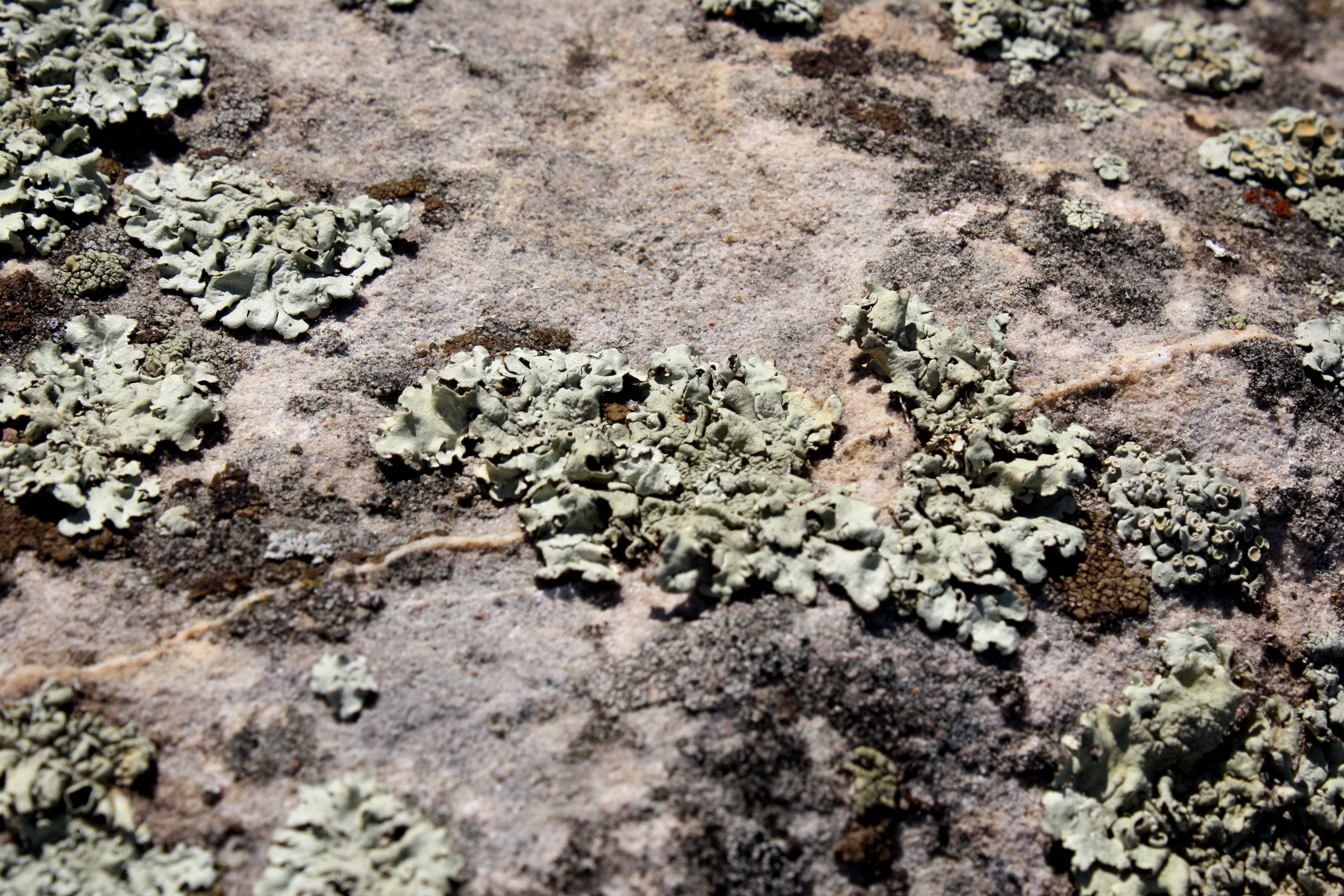
Light Green Lichen on Rock Picture Free Photograph Photos Public Domain
Rocky Mountain National Park Colorado Lichens Have you ever noticed how the surface of an old log or boulder can be painted with a multitude of different colored organisms? Lichens are among the most common and most overlooked organisms in Rocky Mountain National Park.
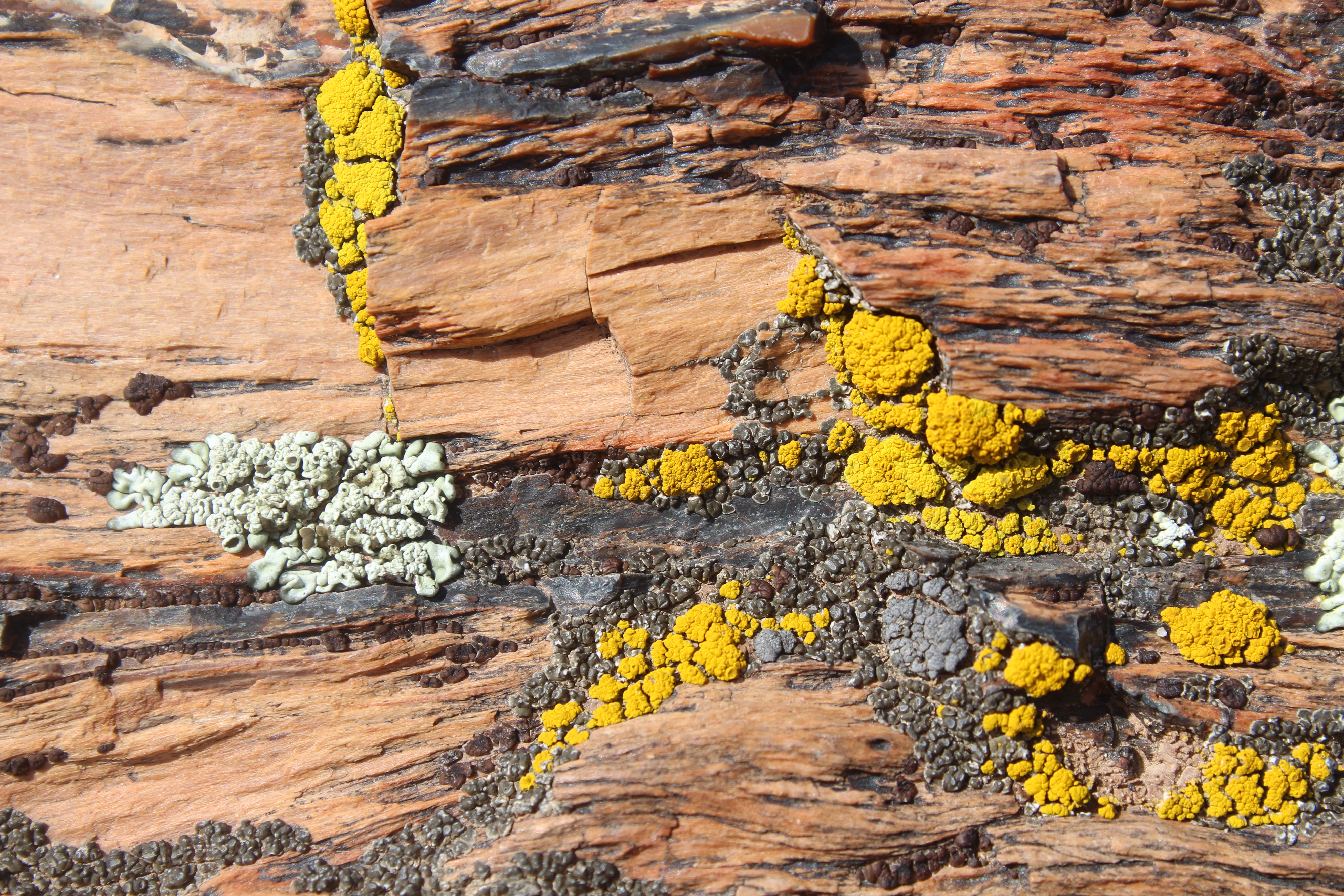
Lichen The Little Things That Matter (U.S. National Park Service)
Air Lichens need clean, fresh air to survive. They absorb everything through their cortex. From beneficial nutrients to harmful toxins, lichens absorb it all. They also absorb water in the air, which is why so many are found in fog belts along oceans and big lakes. Look around the big cities of the world. What do you see?

Green Lichen on Rock Surface Picture Free Photograph Photos Public Domain
The lichens occupying rocks as their substrates, generally known as saxicolous species, can be divided into three distinct groups: crustose, foliose, and fruticose, basically in the terms of the modes of attachment to the substrate Jones and Wilson, 1985Carcia-Rowe and Saiz-Jimenez, 1991.